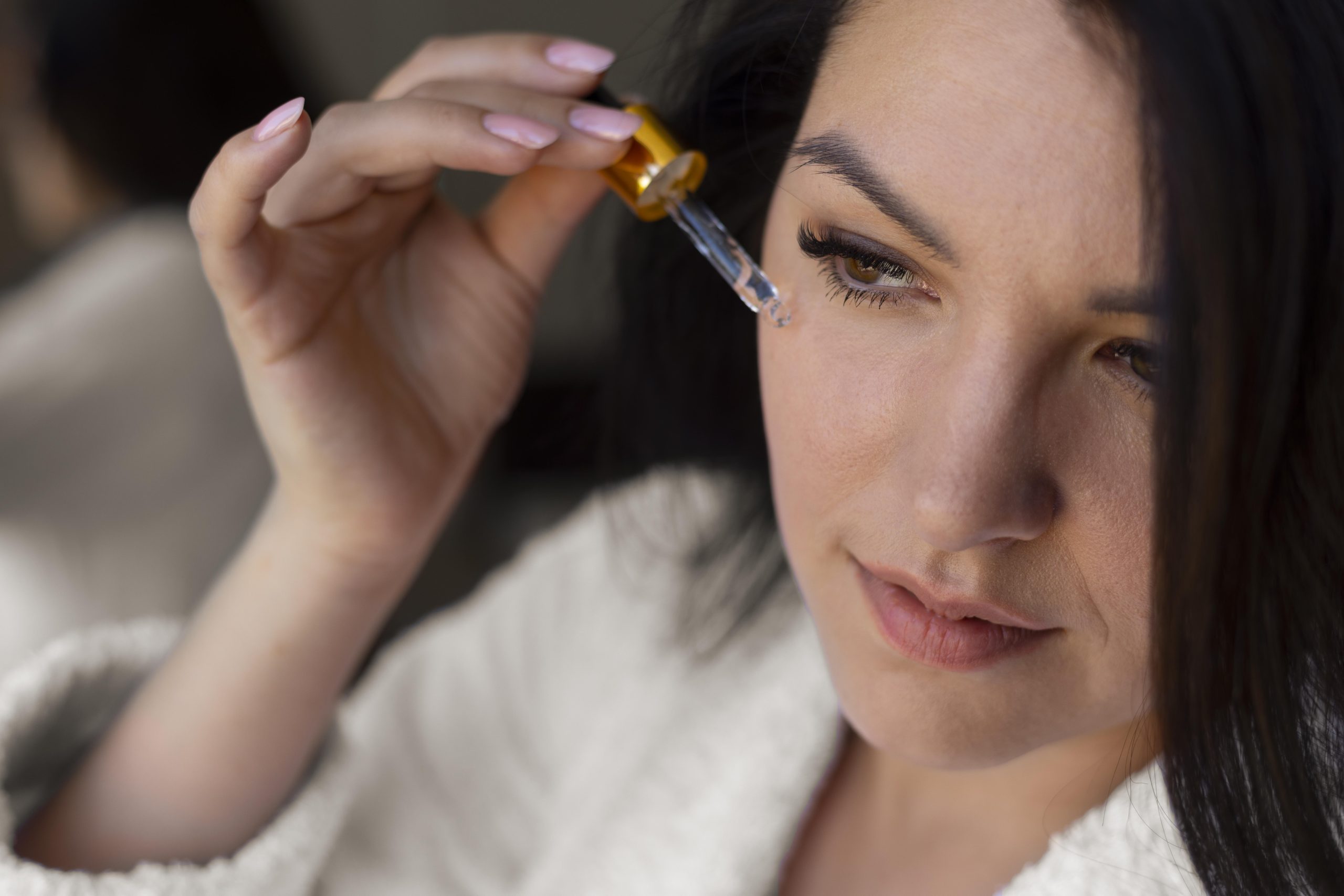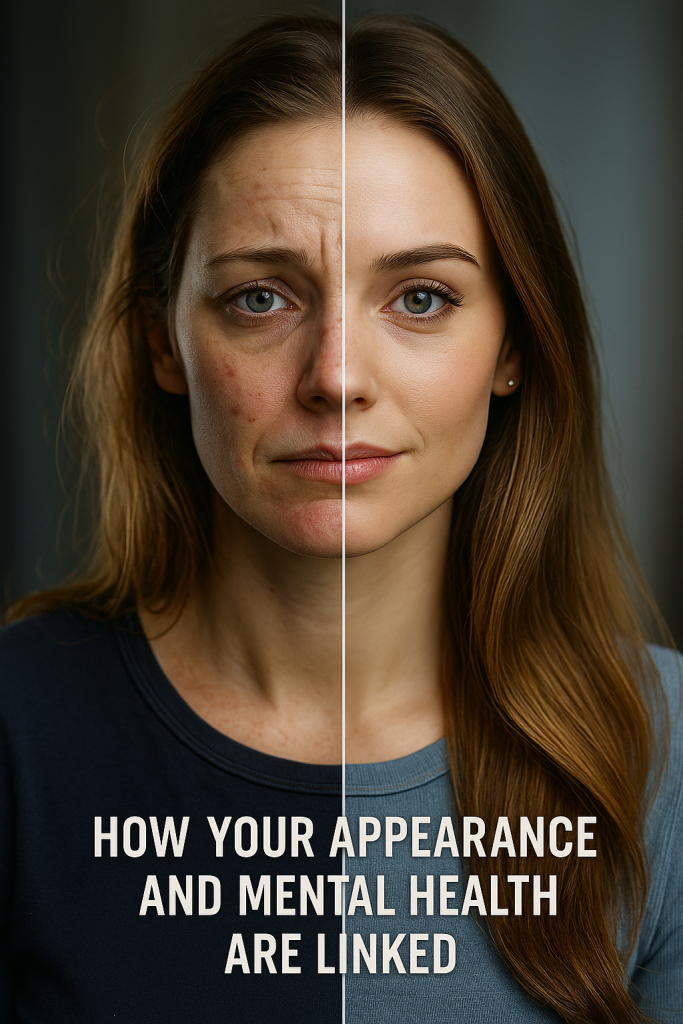Are you dealing with the discomfort of a stye in your eye? Look no further – we’ve got you covered. This article will guide you on the best essential oils to use for treating a stye. Essential oils have antibacterial and anti-inflammatory properties that make them a natural and effective remedy for stye treatment. Say goodbye to discomfort and speed up your recovery with the healing power of essential oils.
Tea Tree Oil
Tea tree oil is one of the best essential oils for treating styes due to its excellent antibacterial properties. It has been used for centuries as a natural remedy for various skin conditions. Tea tree oil contains compounds called terpenes, which are known for their antimicrobial properties. These terpenes help kill the bacteria that cause styes and reduce inflammation.
One of the main benefits of tea tree oil is its effectiveness in treating skin conditions. It can help soothe and heal the skin, making it an ideal treatment for styes. Additionally, tea tree oil can be used in different ways for skincare. It can be applied topically to the affected area using a cotton swab or diluted with a carrier oil and massaged onto the eyelid.
The antibacterial properties of tea tree oil make it an excellent natural remedy for acne as well. It can help kill the bacteria that cause acne and reduce inflammation, resulting in clearer skin. Tea tree oil is also effective in treating other types of infections, such as fungal infections and cuts or wounds. Its antimicrobial properties help prevent the growth of bacteria and promote healing.
Eucalyptus Oil
When treating a stye, another essential oil that can be beneficial is eucalyptus oil. Here are some key points about using eucalyptus oil for styes:
- Benefits of using eucalyptus oil for styes: Eucalyptus oil has antibacterial and anti-inflammatory properties that can help reduce the infection and inflammation associated with styes. It promotes healing and provides relief from the pain and discomfort caused by styes.
- How to properly dilute eucalyptus oil for eye stye treatment: It is important to dilute eucalyptus oil before applying it to the eye area. Mix a few drops of eucalyptus oil with a carrier oil such as coconut oil or almond oil. This helps to minimize any potential irritation or sensitivity.
- Comparing the antibacterial properties of eucalyptus oil and tea tree oil: Both eucalyptus oil and tea tree oil have antibacterial properties that can be effective in treating styes. However, tea tree oil is known to have stronger antibacterial properties compared to eucalyptus oil.
- Eucalyptus oil as a natural remedy for eye stye pain relief: Eucalyptus oil can provide natural pain relief for styes. Its soothing properties help to ease the discomfort and reduce swelling associated with styes.
- Eucalyptus oil vs other essential oils for treating styes: While eucalyptus oil can be effective in treating styes, it is important to note that there are other essential oils such as tea tree oil and lavender oil that also have beneficial properties for stye treatment. It is best to choose the essential oil that works best for you and consult a doctor if needed.
Lavender Oil
You can use lavender oil to effectively treat a stye. Lavender oil has numerous benefits for skin health, including its anti-inflammatory properties, making it an excellent choice for treating styes. To ensure safe use on the skin, it is important to properly dilute lavender oil. Mix a few drops of lavender oil with a carrier oil such as coconut, almond, or jojoba oil before applying it to the affected area. This will help prevent any potential skin irritation or sensitivity.
In addition to treating styes, lavender oil has various other uses for skincare and relaxation. It can be used to soothe dry or irritated skin, reduce redness and inflammation, and promote overall skin health. Lavender oil is also known for its calming scent, making it a popular choice for aromatherapy and relaxation purposes.
When comparing the effectiveness of lavender oil with other essential oils for treating styes, it is important to note that different oils may work better for different individuals. However, lavender oil’s anti-inflammatory properties and gentle nature make it a safe and effective option for many people.
To incorporate lavender oil into your skincare routine for overall eye health, you can add a few drops of diluted lavender oil to your facial moisturizer or apply it directly to the affected area using a clean cotton swab. Remember to always consult with a healthcare professional before using essential oils, especially if you have any underlying health conditions or allergies.
Coconut Oil
Coconut oil is an excellent choice for treating styes due to its antibacterial and anti-inflammatory properties. When it comes to using coconut oil for styes, there are several benefits and techniques to consider. Here are some key points to keep in mind:
- Benefits of using coconut oil for styes:
- Antibacterial properties: Coconut oil contains lauric acid, which has antimicrobial effects and can help fight off the bacterial infection causing the stye.
- Anti-inflammatory properties: The anti-inflammatory compounds in coconut oil can help reduce redness, swelling, and discomfort associated with styes.
- Moisturizing effect: Coconut oil can help keep the affected area moisturized, preventing dryness and further irritation.
- Techniques for using coconut oil on styes:
- Cleanse the area: Before applying coconut oil, make sure to clean the affected area with a gentle cleanser to remove any dirt or debris.
- Warm compress: Apply a warm compress to the stye to help open up the blocked oil gland. Afterward, apply a small amount of coconut oil to the area using a clean cotton swab or your fingertips.
- Repeat regularly: Apply coconut oil to the stye several times a day to promote healing and relieve symptoms.
- Potential side effects of using coconut oil for styes:
- Allergic reactions: Some individuals may be allergic to coconut oil. It’s important to perform a patch test before using it on the stye and discontinue use if any adverse reactions occur.
- Comparing coconut oil to other essential oils for styes:
- While coconut oil is effective for treating styes, other essential oils like tea tree oil and lavender oil also have antibacterial and anti-inflammatory properties. It’s a matter of personal preference and tolerance.
- Tips for incorporating coconut oil into stye treatment:
- Use organic, unrefined coconut oil to ensure the highest quality and purity.
- Store coconut oil in a cool, dark place to maintain its properties.
- If the stye persists or worsens despite using coconut oil, consult an eye doctor or healthcare professional for further evaluation and treatment options.
Incorporating coconut oil into your stye treatment can provide both antibacterial and anti-inflammatory benefits. Remember to always use caution and discontinue use if any adverse reactions occur.
Castor Oil
To continue the discussion about treating styes with essential oils, let’s now explore the benefits of using castor oil. Castor oil is a popular choice for stye treatment due to its various beneficial properties. It has anti-inflammatory, antimicrobial, and moisturizing effects, making it an effective remedy for soothing the discomfort and promoting healing.
When using castor oil for styes, it is essential to dilute it properly to avoid any adverse reactions. You can mix one part castor oil with three parts of a carrier oil, such as coconut or almond oil. This dilution helps to reduce the risk of skin irritation while still benefiting from the healing properties of castor oil.
Compared to other essential oils for stye treatment, castor oil stands out for its moisturizing properties. It helps to keep the affected area hydrated, promoting the healing process and preventing dryness. Additionally, castor oil has a thick consistency that allows it to stay in place longer, providing prolonged relief.
Here are some tips for using castor oil to treat styes:
- Cleanse the affected area gently with a mild soap and warm water before applying castor oil.
- Use a clean cotton swab or cotton ball to apply a small amount of the diluted castor oil to the stye.
- Avoid direct contact with the eye and apply only to the outer area of the eyelid.
- Repeat the application two to three times a day until the stye resolves.
- If you experience any irritation or allergic reactions, discontinue use and consult a healthcare professional.
While castor oil is generally safe to use, there are potential side effects to be aware of. Some individuals may experience skin irritation or allergic reactions. If you have any existing eye conditions or are unsure about using castor oil, it is best to consult with a healthcare professional before starting treatment.
Clove Oil
Clove oil is an excellent option for treating styes due to its antibacterial and anti-inflammatory properties. Here are some key benefits of using clove oil for styes:
- Antibacterial properties: Clove oil contains compounds like eugenol, which have strong antibacterial properties. This helps in killing the bacteria causing the stye infection and preventing further complications.
- Anti-inflammatory properties: Styes are often accompanied by inflammation and swelling. Clove oil can help reduce inflammation and soothe the affected area, providing relief from pain and discomfort.
- Natural remedy: Using clove oil for stye treatment offers a natural alternative to conventional medications. It is free from harsh chemicals and synthetic ingredients, making it a safe option for many people.
When using clove oil for eye stye treatment, it is important to properly dilute it to avoid any adverse reactions. Mix a few drops of clove oil with a carrier oil like coconut or almond oil before applying it to the affected area.
However, there are some precautions to keep in mind when using clove oil for styes. Avoid direct contact with the eyes and discontinue use if you experience any irritation or allergic reactions. It is also recommended to consult with a healthcare professional before using clove oil, especially if you have any underlying eye conditions.
Aside from treating styes, clove oil has other uses for eye health. It can help relieve eye strain and fatigue when used in aromatherapy or diluted as an eye compress. Additionally, clove oil has been found to have antioxidant properties and may contribute to overall eye health.
When comparing the effectiveness of clove oil with other essential oils for stye treatment, it is important to consider individual preferences and sensitivities. While clove oil has its benefits, other essential oils like tea tree oil and lavender oil also offer antibacterial and anti-inflammatory properties that can help with styes. It is best to choose the essential oil that works best for you and consult with a healthcare professional for personalized advice.
Lemon Oil
One essential oil that can be beneficial for treating styes is lemon oil. Lemon oil offers a wide range of benefits for skincare, making it a popular choice for addressing various skin issues, including styes. It has natural disinfectant properties, making it effective in killing bacteria that may be causing the stye. Lemon oil can also be used for aromatherapy and relaxation, as its fresh and citrusy scent can help uplift the mood and reduce stress. Additionally, lemon oil can promote hair and scalp health, providing nourishment and improving the overall condition of the hair. Lastly, lemon oil can be incorporated into homemade cleaning products due to its powerful cleansing abilities. It can effectively remove dirt, grime, and stains, leaving surfaces clean and fresh. When using lemon oil for treating styes, it is important to dilute it with a carrier oil and apply it topically to the affected area.




